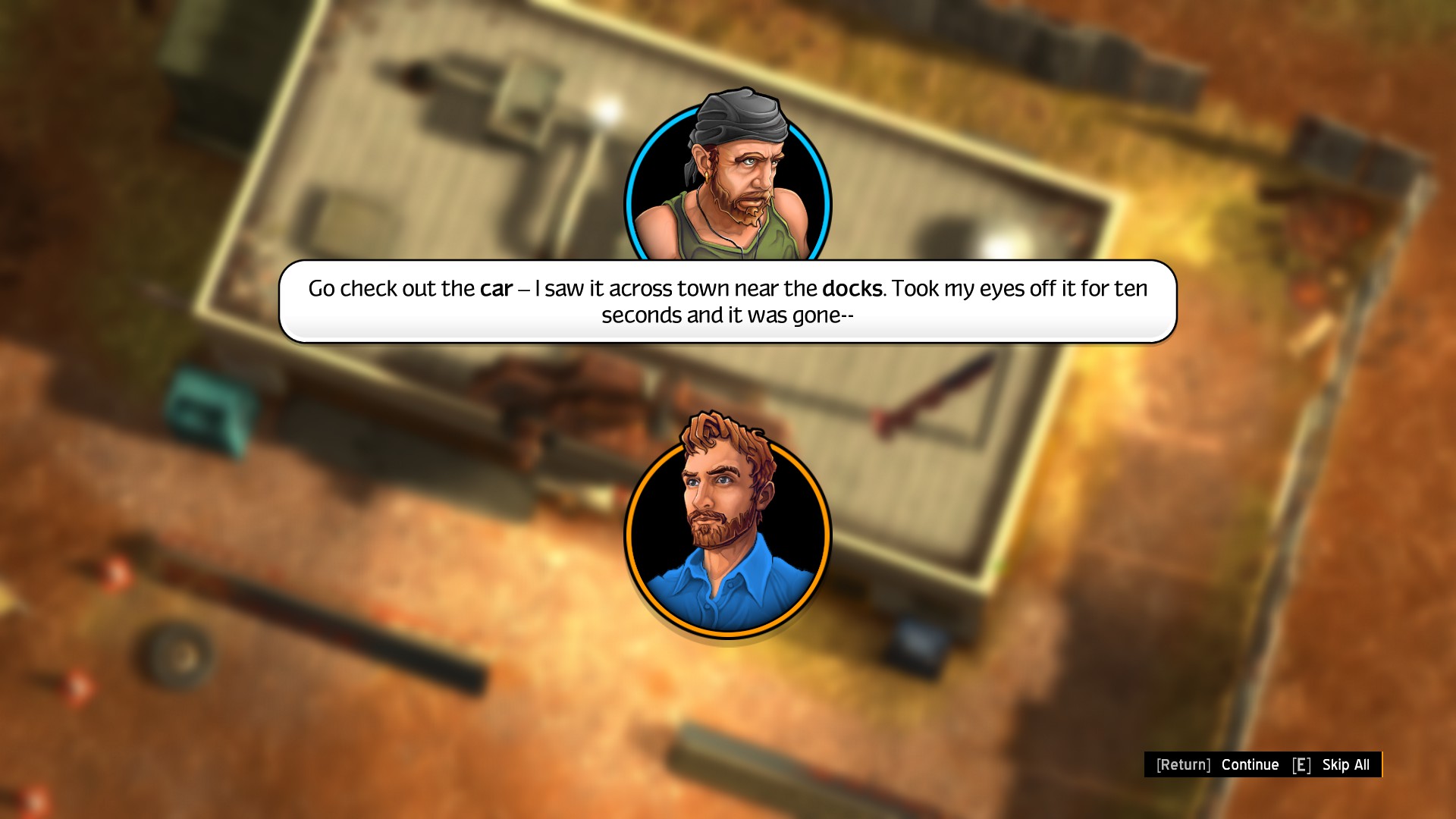Why Its Combat Feels Clunky (or Smooth): The Mechanics Behind Engaging Gameplay
Introduction
Combat mechanics are a cornerstone of many video games, shaping player experience in profound ways. Some games feel fluid and responsive, while others suffer from clunky, unresponsive controls. But what makes combat feel smooth or awkward? This article explores the key factors—animation, input responsiveness, hit detection, pacing, and feedback—that determine whether a game’s combat system feels polished or frustrating.
1. Animation and Weight
Smooth Combat: Fluid Motion and Natural Transitions
Games with smooth combat often feature:
- Seamless animation blending – Attacks, dodges, and movement flow naturally without jarring transitions.
- Proper weight and momentum – Characters move with believable physics, enhancing immersion.
- Cancellable animations – Players can interrupt attacks with dodges or blocks, maintaining control.
Example: Devil May Cry 5 excels with its fluid animations, allowing players to chain attacks effortlessly.
Clunky Combat: Stiff and Unresponsive Movement
Clunky combat often results from:
- Long recovery frames – Attacks lock players into animations, making them vulnerable.
- Lack of animation blending – Movements feel robotic and disconnected.
- Exaggerated wind-up delays – Attacks take too long to execute, breaking pacing.
Example: Some older RPGs suffer from slow, rigid animations that make combat feel sluggish.
2. Input Responsiveness
Smooth Combat: Instant Reactions
Responsive controls are critical for smooth combat:
- Low input delay – Actions register immediately.
- Buffer systems – Inputs queue up, preventing dropped commands.
- Predictable timing – Players can anticipate attack windows.
Example: Sekiro: Shadows Die Twice rewards precise parries with near-instant feedback.

Clunky Combat: Delayed or Ignored Inputs
Poor responsiveness leads to frustration:
- Input lag – Buttons feel unresponsive due to engine or hardware issues.
- No input buffering – Missed inputs force players to re-press buttons.
- Inconsistent timing – Attacks don’t trigger when expected.
Example: Some open-world games struggle with input delay due to complex physics systems.
3. Hit Detection and Collision
Smooth Combat: Accurate and Fair
Good hit detection ensures fairness:
- Clear hitboxes – Attacks land where they visually appear.
- Reactive enemy feedback – Enemies flinch or stagger appropriately.
- Forgiving dodges – Iframes (invincibility frames) allow precise evasion.
Example: Dark Souls balances tight hitboxes with fair enemy reactions.
Clunky Combat: Unreliable and Frustrating
Bad hit detection ruins combat:
- Ghost hits – Attacks pass through enemies without registering.
- Janky collision – Attacks clip through walls or enemies unfairly.
- No visual feedback – Players can’t tell if they landed a hit.
Example: Some early 3D fighting games suffered from poor hit detection.
4. Pacing and Flow
Smooth Combat: Dynamic and Engaging
Well-paced combat keeps players engaged:
- Balanced attack speeds – Fast and slow attacks complement each other.
- Rhythmic combos – Players can chain moves intuitively.
- Strategic variety – Different enemies require different approaches.
Example: Bayonetta thrives on fast-paced, combo-driven action.
Clunky Combat: Slow and Repetitive
Poor pacing makes combat tedious:
- Overly slow animations – Combat drags due to excessive delays.
- Limited attack options – Players rely on one or two moves.
- Predictable enemy AI – Fights feel monotonous.
Example: Some MMOs suffer from slow, cooldown-heavy combat.
5. Feedback and Impact
Smooth Combat: Satisfying and Rewarding
Good feedback enhances immersion:
- Screen shakes and sound effects – Attacks feel powerful.
- Visual cues – Blood splatters, sparks, or particle effects.
- Enemy reactions – Enemies stagger, scream, or explode on death.
Example: DOOM Eternal excels with visceral, impactful combat.
Clunky Combat: Weak and Unfulfilling
Lack of feedback makes combat dull:
- Muted sound effects – Attacks lack weight.
- Minimal reactions – Enemies barely respond to hits.
- No visual flair – Combat feels lifeless.
Example: Some budget action games fail to deliver satisfying feedback.
Conclusion
Combat feels smooth when animations flow, inputs respond instantly, hit detection is precise, pacing is dynamic, and feedback is impactful. Conversely, clunky combat arises from stiff animations, input delays, unreliable hitboxes, slow pacing, and weak feedback.
Developers must balance these elements carefully to create engaging combat systems. When done right, combat becomes a dance of skill and reaction—when done wrong, it feels like fighting against the game itself.
Final Thought: The best combat systems don’t just feel good—they make players want to keep fighting.
Tags: #GameDesign #CombatMechanics #SmoothGameplay #ClunkyControls #HitDetection #Animation #InputResponsiveness #GameDevelopment


















